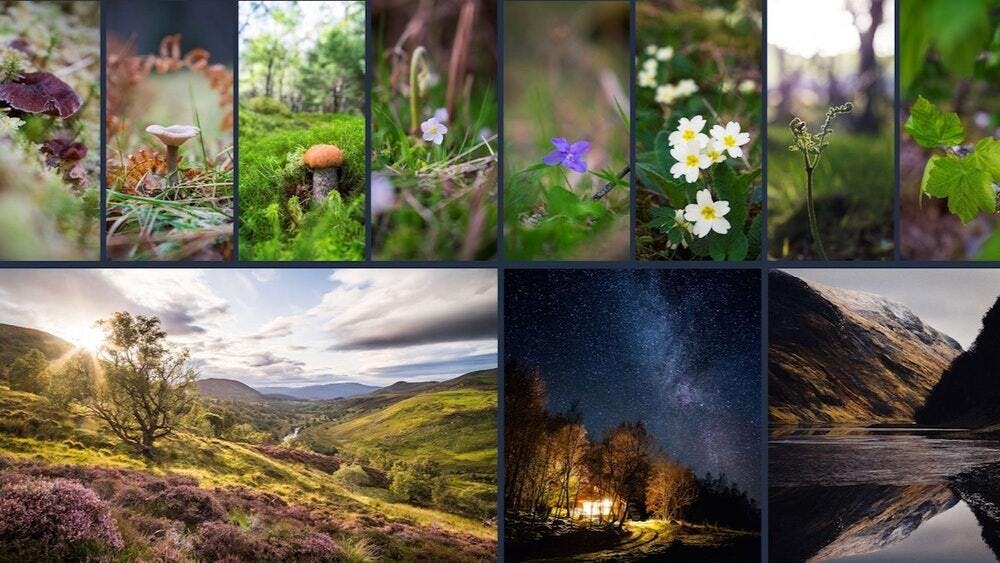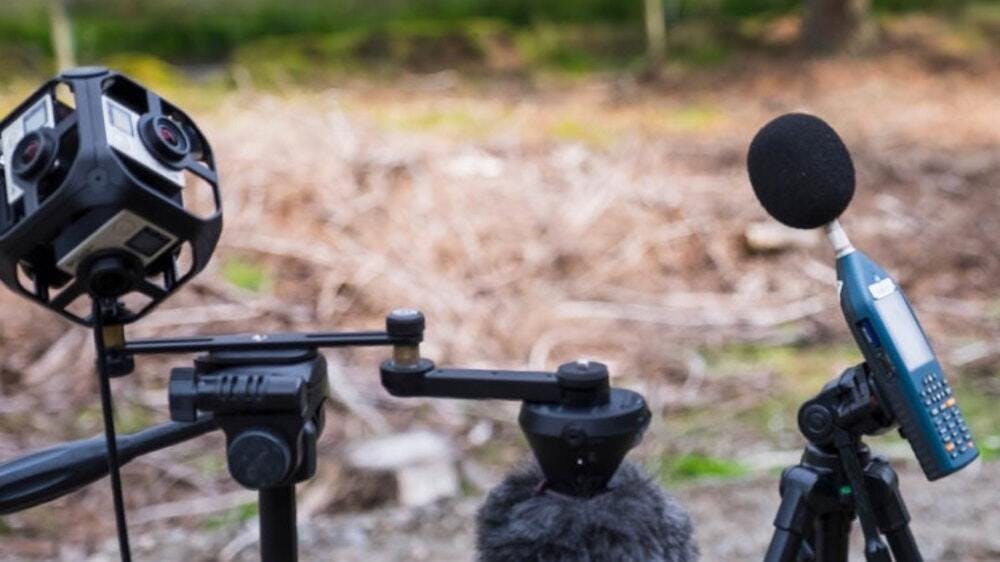Natural Capital Laboratory
Using the latest technology to assess the value of rewilded land
Located on 100-acre site near Loch Ness in the Scottish Highlands sits the Natural Capital Laboratory, a living lab established by AECOM and the Lifescape Project. Working with landowners, their local advisors, and a team of researchers from the University of Cumbria, the site’s natural environment will be restored, bringing back native forest and bog, engaging local communities, and reintroducing locally extinct species. With the aim of identifying and demonstrating the environmental, economic and social benefits of rewilding, the project designs and tests experimental techniques to quantify and communicate environmental and social change. Cutting-edge technologies such as drones, artificial intelligence (AI), virtual reality, and remote sensing will also be used to capture and share learnings.
With the idea of ‘Capitals Accounting’ becoming increasingly important in UK policy making, there is a growing demand for public and private sector organisations to take more responsibility for their environmental and social impacts. However, there are often significant challenges in identifying and utilising the necessary tools and support needed for organisations looking to manage their natural assets. The Natural Capital Laboratory will be a real-world, practical demonstration of how to apply a natural capital approach to land management, and a live test bed to develop the tools needed to do so.
With a lifelong interest in forests, Roger and Emilia Leese (who own the NCL site) had been looking for a suitable forest project. After five years of searching, they purchased a remote Loch Ness property with good access to roads in 2017. Located within what was once the ancient Caledonian Pine forest, the property still contained several native species, and the cottage on site would provide the ideal headquarters for scientists and conservation specialists to contribute to the NCL’s research.

Roger and Emilia were inspired by the mission Trees for Life, also located nearby, to leave a lasting legacy on the environment. They hoped that the NCL wiykd not only serve as inspiration for more people to rewild their land, but also be a catalyst for integrating natural and social capital approaches into decision-making.
Along with Roger and Emilia, the Lifescape Project is leading the on-site rewilding and developing plans to reintroduce species currently absent from the ecology of the site, whilst assisting nature in its recovery. To this end, Lifescape has developed its plans in line with the IUCN's (Union for Conservation of Nature) Rewilding Principles.
With investment from AECOM and the Lifescape Project and research expertise from the University of Cumbria, the development of NCL has accelerated significantly. Red squirrels, pine martens and peregrine falcons were soon sighted on the property, and local engagement has increased tremendously as a result.

Learn more about the Natural Capital Laboratory here.




